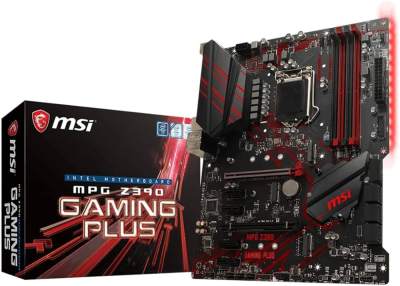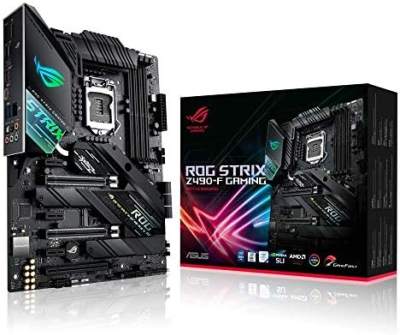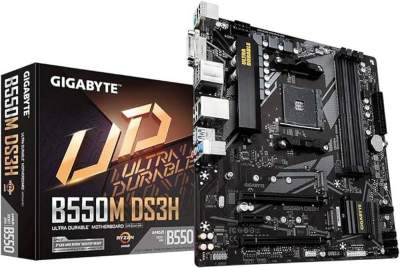What is a Motherboard?



Think of a motherboard like the nervous system of a computer. It's a big circuit board that connects all the parts of your computer together, like the CPU (the brain), RAM (the short-term memory), storage drives (where you keep your files), and other components like graphics cards, sound cards, and network cards. The motherboard manages communication between all these parts, making sure they work together smoothly so your computer can run properly. It's like the central hub that keeps everything connected and working together harmoniously.
Motherboards come in various shapes and sizes, designed to fit different types of computers and serve different purposes. Here are some common types:
- ATX (Advanced Technology eXtended): This is the most common type of motherboard found in desktop computers. It offers a standard size and layout, with ample space for expansion slots and connectors.
- Micro ATX: Micro ATX motherboards are smaller versions of ATX boards, designed to fit in smaller computer cases while still offering decent expansion capabilities.
- Mini ITX: Mini ITX motherboards are even smaller than Micro ATX boards, making them suitable for compact desktop computers or home theater PCs (HTPCs). They have fewer expansion slots but are great for building smaller, more portable systems.
Socket Compatibility: Motherboards have a specific CPU socket where the processor is installed. Ensuring that the motherboard's socket matches the CPU socket is crucial. If they don't match, the CPU physically won't fit into the motherboard. For example, an LGA 1151 CPU won't fit into an AM4 socket motherboard.
Chipset Compatibility: Motherboards are designed with specific chipsets that determine their features and compatibility with certain CPU families. Choosing a motherboard with a chipset compatible with your CPU ensures that you can fully utilize the CPU's features. For example, a motherboard with an Intel Z-series chipset is suitable for high-performance CPUs that support overclocking.


